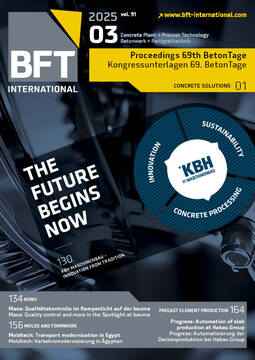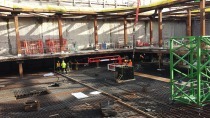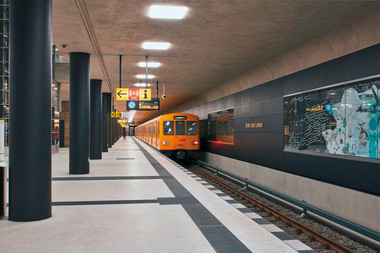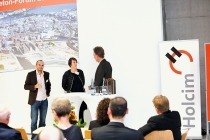C02 reduction in infrastructure projects on the example of the U5 in Hamburg
Cutting-edge technology going entirely new ways: in the future, the U5 underground line in Hamburg will run right through the city. Past the Alster, important science and sports centres and the City North rail line from east to west across Hamburg. Some 270,000 passengers will use the U5 daily. In peak times, under fully automatic operation, it can travel in a 90-second cycle and therefore “on demand” as required. The U5 trains are oriented to the public, and no longer the people to the trains.
In order to make Hamburg’s mobility more environmentally friendly, we begin not only with the operation of the U5, but as early as the planning stage and during construction. Germany’s largest underground rail project was started in September 2022 with the official ground-breaking ceremony. In order to reduce CO2 emissions during construction, we developed a reduction strategy based on two pillars: the first being optimization of all planning work, the second being concrete CO2 minimization in construction of the U5.
The first sustainability report for the U5 line shows that we are on the right track. The objective: to save 70 % of CO2 compared to conventional construction methods. Instead of 2.7 million tons of CO2 emissions released with conventional construction, the reduced amount is 84,000 tons. The target scenario set up for the first reporting year, 2023, was already marginally exceeded in the first year.
Accordingly, we have already saved considerable amounts of CO2:
Orders for construction are awarded to only sustainably operating companies that undertake to use only eco-friendly construction materials.
We use only the most sustainable cement and steel available on the market.
For the first two contract sections, beginning in 2024, reinforcing steel with a high recycling content (max. 500 kg of CO2e/t) was exclusively used. For Construction Section 2 (starting shaft U5 to the train stop at Bramfeld) only reinforcing steel with max. 400 kg CO2e/t was used.
In the following lecture we will discuss CO2 savings with reinforcing steel in greater detail.







